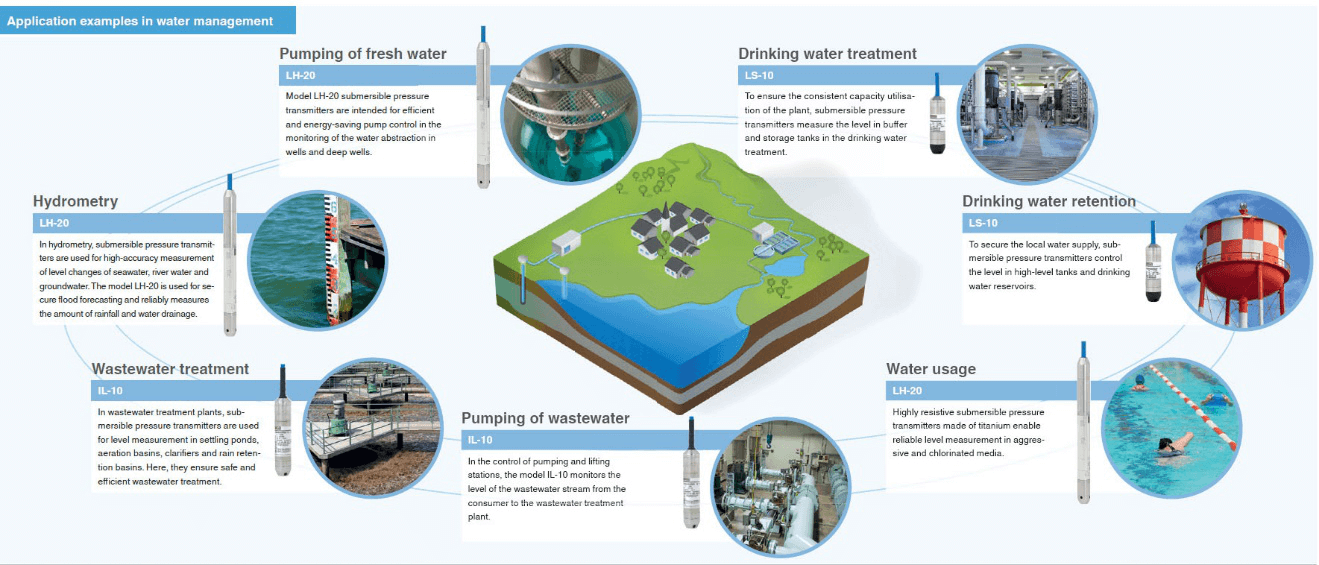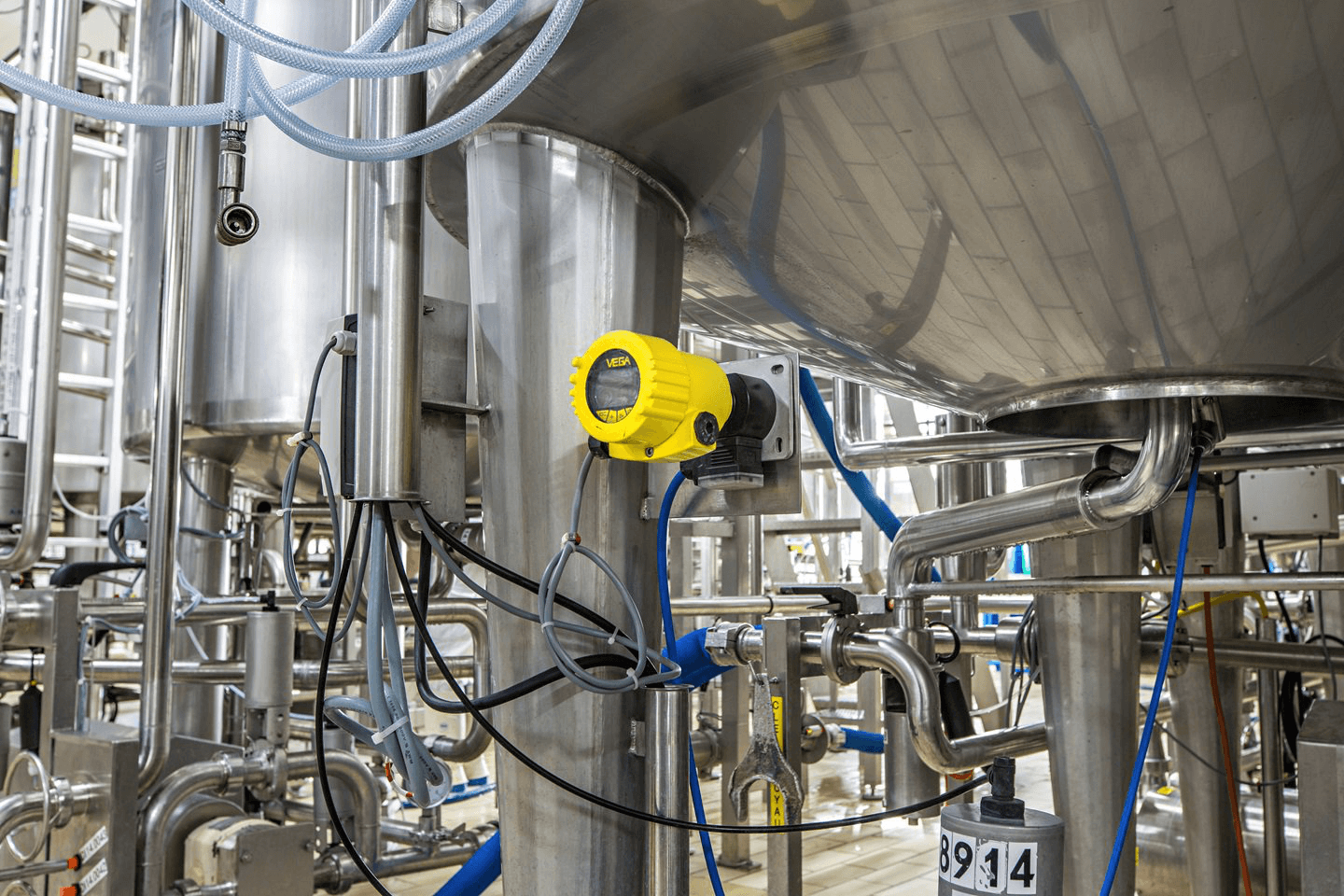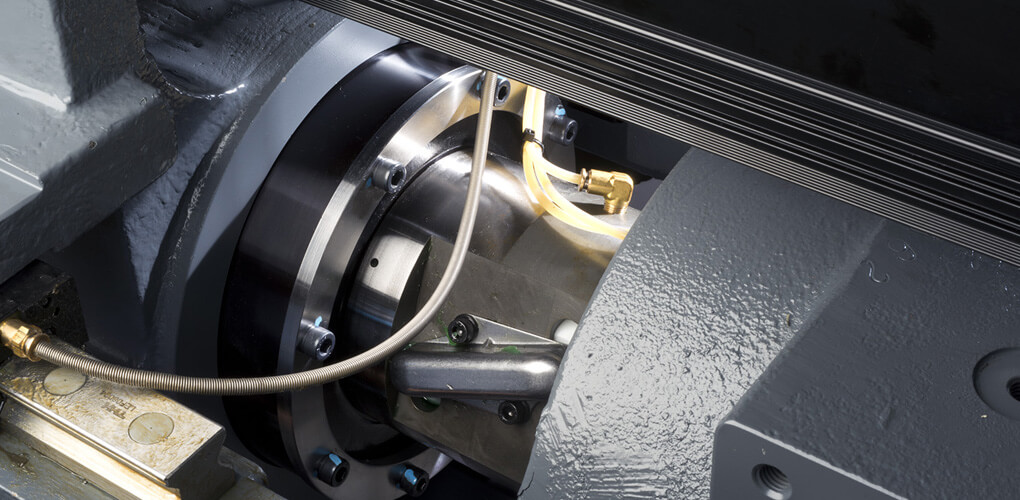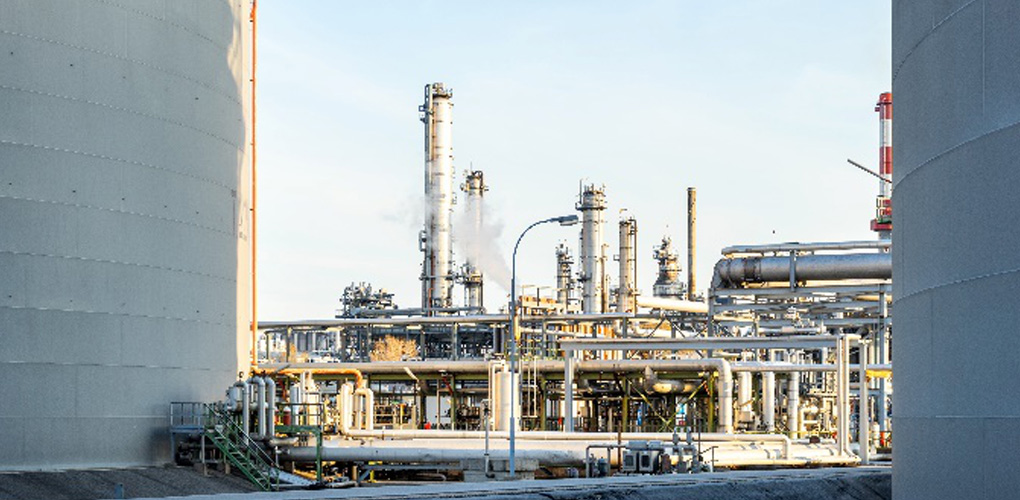Importance of Pressure Transmitter in Sewage Treatment
How Pressure Transmitter in Sewage Treatment is the backbone of the entire process
Sewage treatment gained great importance over the last few decades when scientists and researchers pointed out how dumping untreated sewage water is harming marine life as well as human life beyond restoration. Since this gave urgency to the development of efficient sewage treatment systems, thus the Pressure Transmitter in Sewage system becomes popular. These pressure transmitters help in enhancing the quality of wastewater before it is discharged into natural water bodies.
It now has become a norm to use pressure transmitters for effective and efficient sewage treatment processes. Here, we will discuss how the pressure transmitters are the backbone of the modern sewage process.

How Pressure Transmitter for Sewage Treatment Effect the System?
The efficiency of any sewage treatment system lies in the efficiency of the control system. A control system roughly consists of a sensor, transmitter, and a control system that tunes the required parameters. The first step of a control process is to employ pressure transmitters.
These transmitters sense pressure by the expansion of a diaphragm placed inside their housing. We then convert the expansion into This expansion is into electrical signals and later send it to the controllers. The controller then takes necessary action and manages the values of the controlled parameter.
Different Types of Transmitters
There are four basic types of transmitters; Absolute Pressure Transmitter, Atmospheric Pressure Transmitter, Differential Pressure Transmitter, and Gauge Pressure Transmitter. All these types of transmitters find applications in a sewage treatment facility.
A pressure transmitter for sewage treatment is extremely important because it can measure the pressure of incoming sewage. It also aids in controlling the level of sewage in the storage tanks while also controlling flowrate and level in all the equipment of every stage of a sewage treatment process.
Sewage contains a variety of impurities that we can divide in two categories; Organic constituents and Inorganic constituents. And to effectively remove all such impurities, sewage treatment facilities have multiple stages and pressure transmitters find usage in every single one of them.
From the preliminary stage through the primary, secondary and tertiary stages, the pressure transmitter in sewage treatment is extremely important. Since it plays a key role in the entire treatment process, no treatment facility can be designed without it.
Usage of Pressure Transmitter in sewage treatment – The Preliminary Stage
Preliminary stages of sewage treatment involve the removal of large suspended solids such as grits, and grease from water while also controlling the flow rate of the influent. For this purpose, facilities employ coarse screens, oil-water separators, and equalization basins.
Coarse Screens
Coarse screens remove grits and other solids from the water by filtering them out. For this process, the flow velocity of the sewage is very important. Greater velocity will make the grits pass through the screens rendering them ineffective.
So, place the Pressure transmitters at the inlet of a pre-treatment facility of a sewage treatment plant. These transmitters measure the pressure of the inflowing water and send the data to the controllers. The controller then adjusts the inlet valves to increase or decrease the flow of sewage.
Oil Water Separation
Oil-water separation is an important step in sewage treatment. The presence of oil and grease in water can cause an accumulation of fat on the equipment which can result in blockage.
This blockage can lead to reduced efficiency and increased maintenance requirements. And disruption like this brings down the efficiency of the process. For an Oil-water separator to work efficiently, it is necessary to control the flow rate of incoming water, this can be done by employing a pressure transmitter in sewage treatment systems.
The pressure transmitter here will record the pressure of an incoming liquid and the computers will convert pressure data into any required parameter (such as velocity) and enable the controllers to control the flow and enhance the overall equipment performance.
Flow Equalization Basins
The use of Flow equalization basins is to damp the variations in the flow rate of the inflowing sewage. Continuous variations in the flowrate can cause problems in the upstream equipment and harm the system efficiency.
Here, pressure transmitters play a very important role as they measure the pressure of the sewage influent. This pressure data helps the controllers decide whether the flow needs to be increased or decreased.
Since flow equalization is a very tightly controlled process hence pressure transmitters are the backbone of the step. It is not possible to apply the pressure without efficient pressure transmitters in place.
Usage of Pressure Transmitter in Sewage Treatment- The Primary Stage
Primary sewage treatment involves the removal of suspended solids that are left after the preliminary stage. This stage involves treatments and processes to remove the organic constituents from the sewage.
The primary stage of sewage treatment employs sedimentation basins and clarifiers to make the process effective. Pressure transmitters play a vital role in this stage because sedimentation basins require a certain level of sewage to be maintained inside the tanks Controlling the flowrate of inflowing water is also a major factor in sedimentation tanks to minimize turbulence and enhance the settling of solids.
The pressure transmitter is present at the inlet and the outlet of the sedimentation basin and records and supplies the required data to the controller. The controller in turn takes necessary action and increases or decreases the flow of water to maintain the level inside the tank.
Utilization of Pressure transmitter in the Secondary Stage of Sewage Treatment
The secondary sewage treatment process is essentially the biological treatment of wastewater to remove possibly carcinogenic organic impurities from wastewater. There are two fundamental processes that are part of the secondary treatment: the trickling filter and rotating biological contactor (RBC).
Pressure transmitters for Sewage Treatment find their applications in both processes even though they differ from one another based on their operating principle.
The secondary sewage treatment process utilizes bacteria and protozoa for the treatment of organic waste that is present in the sewage. Most secondary treatment processes are attached to growth processes. Attached growth signifies that the bacteria families are made to house on top of a medium
In trickling filter water flows while the filter media remains stagnant. The filter media suspends the bacteria that consume organic constituents from water. Wastewater flows over this media thus providing contact between bacteria and the organic matter. Pressure transmitters play a vital role here. They provide necessary data to the controller to maintain an optimum flowrate and provide maximum contact time between bacteria and the organic constituents.
Rotating Bed Clarifiers
Rotating bed clarifiers work differently than trickling filters. Unlike trickling filters, in RBCs the sewage water is stagnant and the clarifiers that have filter media mounted on the move. Pressure transmitters have a key role in RBCs as-well.
It is imperative to maintain a sufficient level of sewage in the pools to ensure efficient contact between bacteria and organic impurities of the sewage. Pressure transmitters ensure that the wastewater is maintained at the required levels at all times. Pressure transmitters here are usually submerged in the pool and since the pressure through their diaphragm mechanism and supply the information to the controllers. These controllers in turn regulate the valves as well as maintain the right waster water level.
Applications of Pressure transmitters in the Tertiary stage of sewage treatment
The tertiary stage of sewage treatment is responsible for removing specific impurities such as nitrogen and phosphorus from the sewage. To further reduce the concentration of organic constituents.
To completely remove TDS (total dissolved solids) from wastewater and to ensure their direct discharge into water bodies. Tertiary treatment of wastewater generally involves the usage of tanks and basins which call for adequate flow and level control systems. Since the key to an adequate control system is a sensor and transmitter, hence pressure transmitters find an important role in tertiary sewage treatment.
Characteristics of Pressure Transmitters for Sewage Treatment
Sewage treatment facilities not only manage fluctuating water flowrates but also deal with tons of toxic and hazardous chemicals that come from industrial effluents. Using Pressure transmitters, in this case, calls for the pressure transmitters to meet certain standards.
Pressure Transmitters for sewage treatment should thus be adequately robust to bear the fluctuations in inflowing or outflowing sewage pressure. It is important to use corrosion-resistant material for the making of these pressure transmitters.
So that they are able to withstand their constant or frequent contact with water. Therefore, it is important to choose the material of the transmitters appropriately. As it will come in contact with toxic chemicals. These chemicals would erode and ruin the device.

Conclusion:
Sewage Treatment has gained great importance as the race to develop efficient processes and save the environment has picked up speed. At the moment numerous studies are going on to make the process even more efficient than it is today.
The integral component of an effective and efficient sewage treatment system is a pressure transmitter. Pressure transmitter for sewage treatment is a feat of engineering while also being one of the most important equipments that the facilities are currently employing.
Pressure transmitter for sewage treatment plays a vital role in all stages of a sewage treatment process. Be it preliminary process or the final tertiary process, pressure transmitter finds great applications in the equipment used in a sewage treatment facility.
For more information on different types of pressure transmitters available for sewage treatment, you can contact us today.












